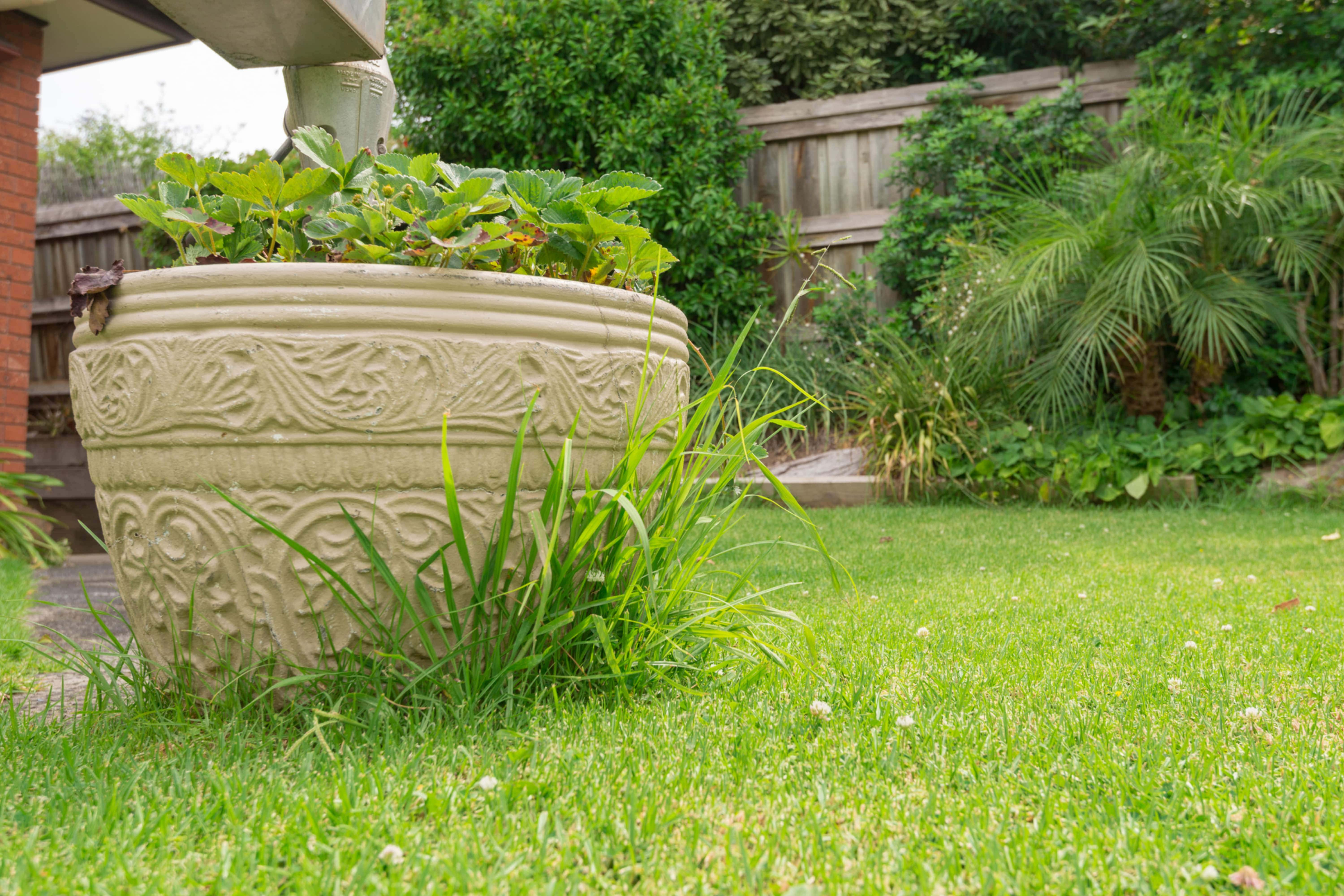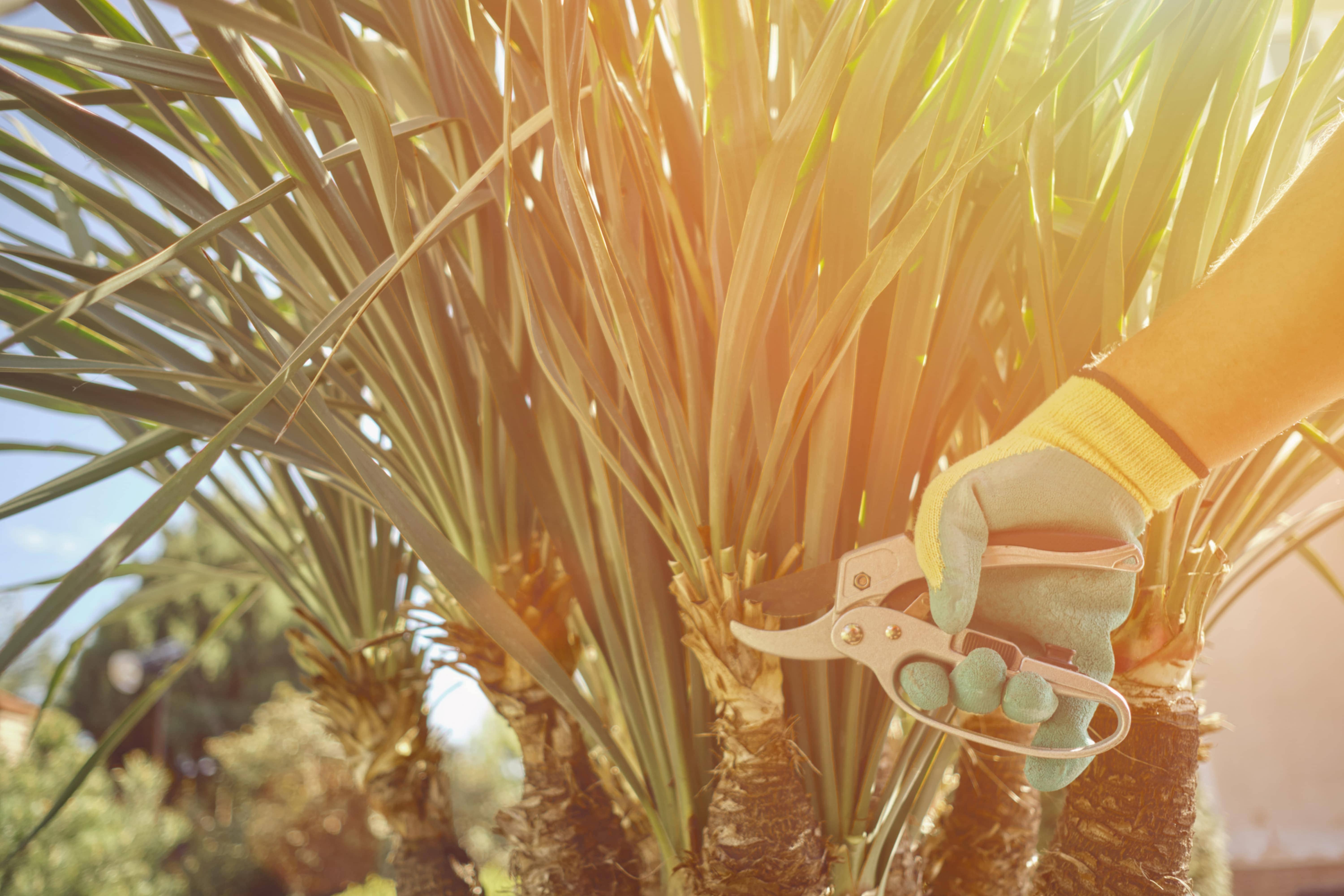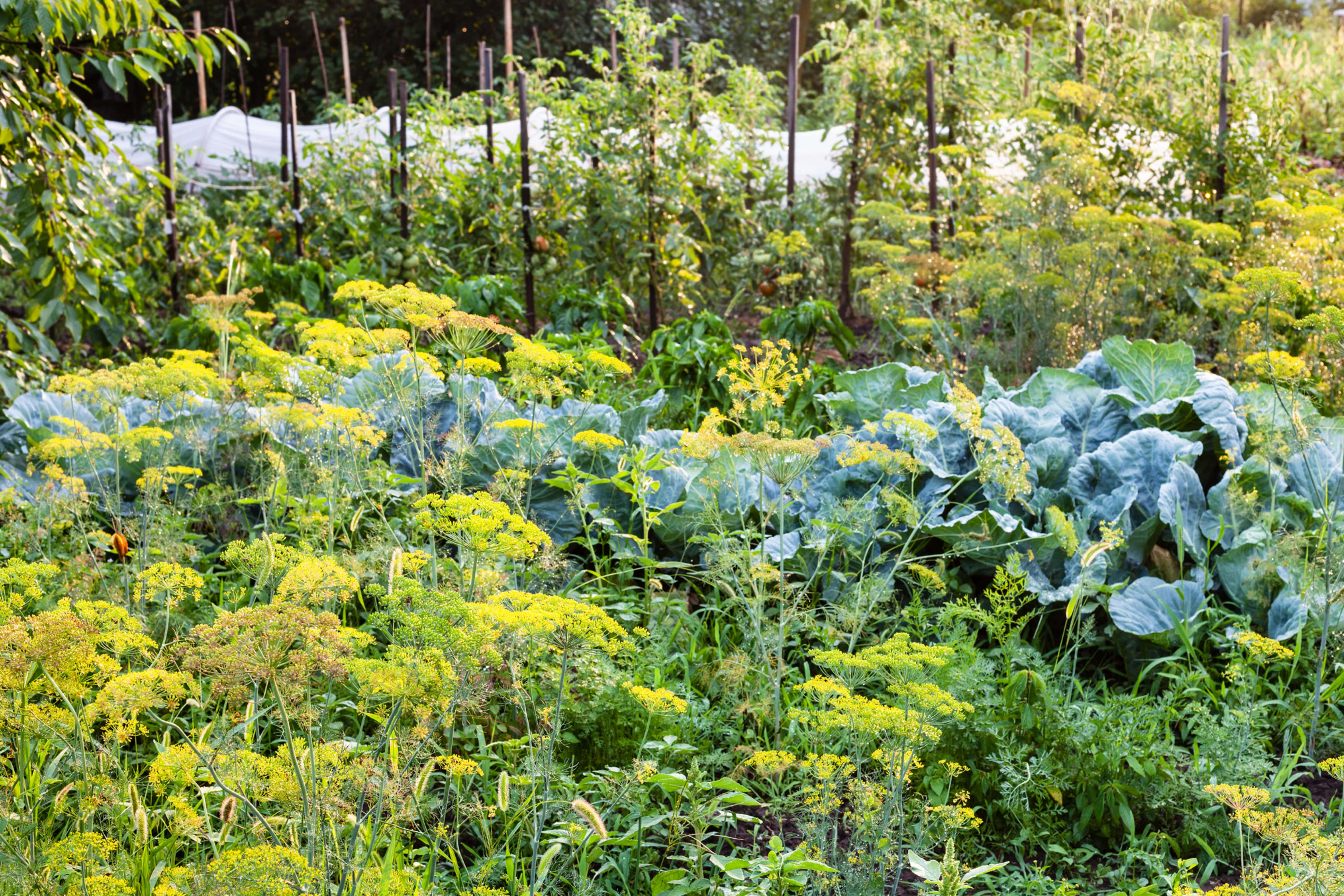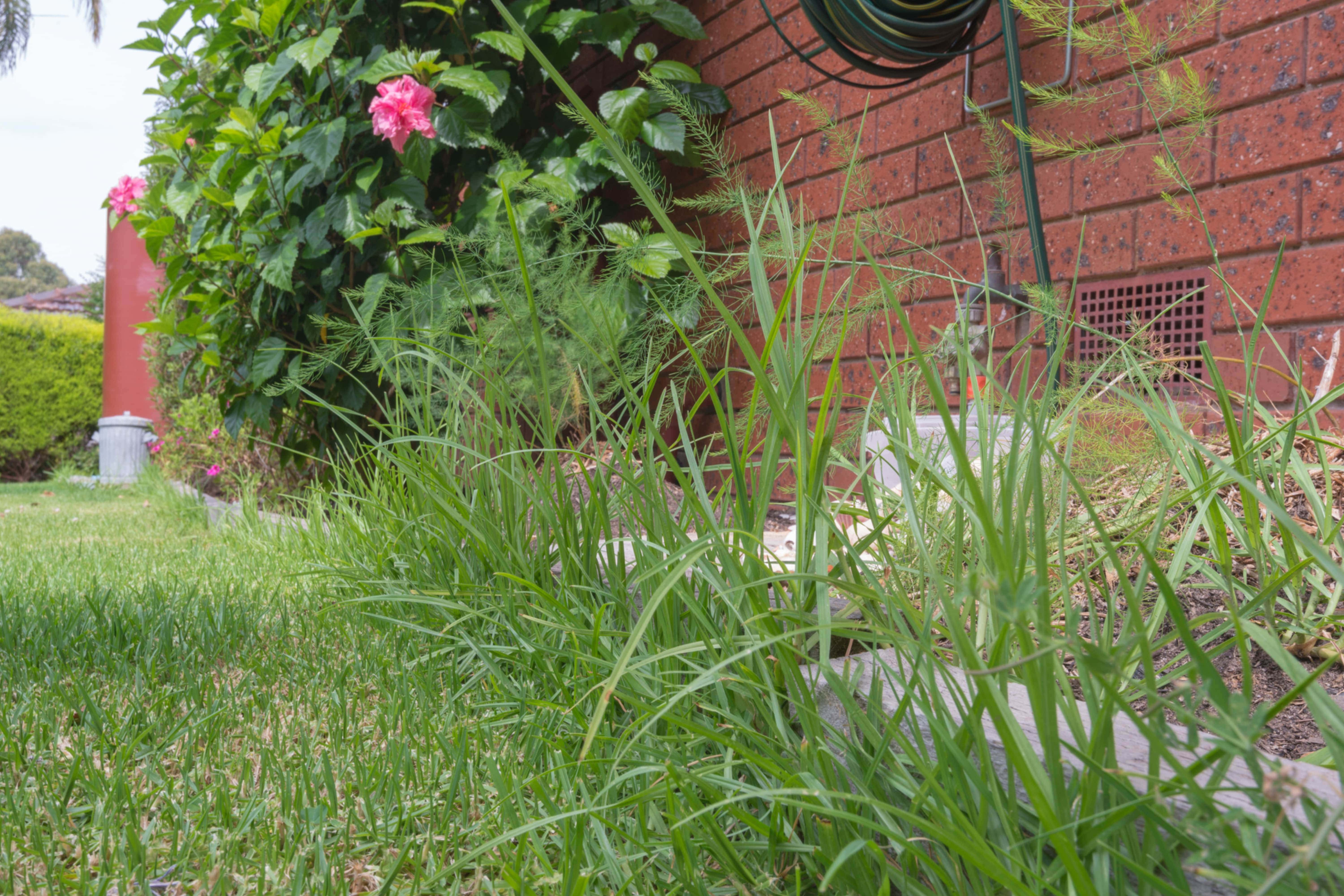Has the thought ever crossed your mind that perhaps, just maybe, your backyard is plotting against you? One day it’s a mild green patch, and the next it’s transformed into a wild jungle, full of unruly weeds, bushes, and who knows what else. Maybe you’ve been busy, or perhaps gardening just isn’t your forte.
Regardless, an overgrown backyard can be overwhelming, but with the right approach, it can be tamed. Dive into these fifteen transformational ideas that are sure to transform your backyard chaos into a peaceful retreat.
Before we get into it, remember that each backyard is unique, as are its challenges and needs.
However, there’s something for everyone in this list. Whether you’re a gardening novice or a seasoned green thumb, the following strategies will guide you step by step, giving you the edge in your battle against backyard mayhem.
1. Evaluate the Situation
Before you venture into the wilderness, take a moment to assess the situation.
- Identify Problem Areas: Start by noting where the majority of overgrowth lies. This could be a particular section of your yard or scattered throughout.
- Spot Potential Hazards: Look for any hidden dangers such as broken glass, large rocks, or concealed holes.
- Establish Zones: Create a rough plan for what you want each part of your yard to look like once it’s cleared.

2. Clear Out the Big Stuff
Now, it’s time to tackle the more considerable overgrowth. Here’s how.
- Take Down Tall Weeds: Grab them from the base and pull out as much of the root as possible. Research suggests that doing this right after a rain can be more effective.
- Remove Dead Plants: They can harbor pests and diseases.
- Prune Overgrown Trees and Shrubs: Use sharp pruning shears or a saw, to ensure clean cuts.
3. Choose the Right Tools
Tools can make or break your clearing expedition. Equip yourself wisely.
- Hand Tools: For close work and smaller plants, a good pair of gardening gloves, pruners, and weed pullers will be indispensable.
- Power Tools: For denser overgrowth, consider a string trimmer or even a brush cutter. Always follow safety precautions.
- Maintenance Tools: Once you’ve cleared the space, tools like lawnmowers and leaf blowers will keep it tidy.
4. Prioritize Soil Health
Don’t forget that beneath that overgrowth lies the foundation of your garden – the soil.
- Test the Soil: Consider sending a sample to a local agricultural extension for a detailed analysis. Studies highlight the importance of understanding your soil’s needs.
- Amend as Needed: Depending on the results, you might need to add compost, lime, or other amendments.
- Consider Mulching: Mulch can suppress weeds, retain moisture, and improve soil health.
5. Embrace Sustainable Practices
Consider the environment as you reclaim your space.
- Compost Organic Matter: Instead of throwing away plant material, compost it. Research reveals the multifaceted benefits of composting.
- Avoid Chemical Herbicides: Consider eco-friendly alternatives.
- Practice Water Conservation: Collect rainwater and use it for irrigation.
Comparison Table: Power Tools vs. Hand Tools
[table id=418 /]
6. Design with Intention
Now that you have a blank canvas, dream big!
- Sketch Your Ideas: Draft a rough blueprint of what you want to achieve.
- Choose Low Maintenance Plants: These require less upkeep and can prevent future overgrowth. Here’s a list of such plants based on a study:
- Lavender
- Coneflower
- Sedum
- Think of Functionality: Do you want a space for entertaining? A vegetable garden? Plan accordingly.
7. Seek Expert Advice
There’s no harm in getting a second opinion.
- Visit Local Nurseries: They can provide valuable insights tailored to your region.
- Join Gardening Forums: Engage in online discussions and gather different perspectives.
- Consider Hiring a Professional: For more significant challenges, a landscape designer could be beneficial.
8. Stay Vigilant
Don’t let your hard work go to waste.
- Regular Maintenance: Dedicate a few hours each week to tend to your garden.
- Spot Treat Problem Areas: Address small issues before they become big problems.
- Stay Educated: Read up on new gardening trends, techniques, and research, ensuring your backyard remains a paradise.
9. Embrace Native Plants
Go local with your flora choices.
- Support Local Ecosystems: Native plants provide food and habitat for local wildlife. This research underscores their ecological benefits.
- Drought Resistance: They are adapted to local conditions, often requiring less water.
- Natural Beauty: Native plants can give your yard a unique look that resonates with the local landscape.

10. Create Functional Zones
Segment your space for diverse use.
- Entertainment Area: Designate a spot for gatherings, perhaps with a fire pit or seating.
- Green Oasis: Create a relaxation corner with a hammock or a reading bench surrounded by aromatic plants.
- Edible Garden: Even a small patch can yield herbs, vegetables, or fruits. This not only provides fresh produce but also makes gardening an engaging activity.
11. Add Garden Paths
Guide yourself and your guests through your backyard masterpiece.
- Use Recycled Materials: Consider using old bricks, wooden pallets, or stones.
- Choose a Design: Straight paths offer a formal look, while winding paths feel more natural and exploratory.
- Maintenance: Ensure paths are clear of overgrowth and obstacles. Regularly check for damages or wear.
12. Attract Beneficial Wildlife
Make your garden a haven for helpful creatures.
- Bird Feeders and Baths: Attracting birds can help control pests. Plus, their songs can be therapeutic.
- Plant Pollinator-Friendly Flowers: This study highlights the importance of pollinators in gardens and ecosystems.
- Install a Bat Box: Bats are excellent insect controllers.

Comparison Table: Native vs. Exotic Plants
[table id=419 /]
13. Invest in Garden Lighting
Illuminate your efforts, literally!
- Solar Lights: A sustainable choice that doesn’t require any wiring.
- String Lights: Perfect for entertainment areas, offering a cozy ambiance.
- Spotlights: Highlight specific plants or garden features.
14. Set Up a Composting Corner
Transform garden waste into black gold.
- Choose a Compost Bin: From DIY wooden bins to purchased tumblers, there’s a style for every gardener.
- Understand the Basics: A balance of green (nitrogen) and brown (carbon) materials is key. Regular turning and moisture are crucial.
- Use Finished Compost: This rich, crumbly material can be used as a soil additive, mulch, or potting medium. A study shows its incredible benefits to soil health.
15. Celebrate & Share Your Progress
Gardening is both personal and communal.
- Document Your Journey: Take photos along the way. It’s a great way to see how far you’ve come.
- Engage with Community: Share your progress on social media or local community boards. You might inspire someone else to start their gardening journey.
- Host a Garden Party: Once you’ve achieved your garden goals, celebrate with friends and family. After all, a garden is best enjoyed together.

The Unruly Yard: Causes of an Overgrown Backyard
For many homeowners, a well-maintained backyard is synonymous with pride. It’s a space for relaxation, recreation, and perhaps a bit of gardening. However, in the blink of an eye, this serene sanctuary can easily morph into an overwhelming wilderness. Uncontrolled growth of vegetation and a riot of weeds can turn even the tidiest of yards into a daunting forest.
So, what’s the reason behind this rapid transformation? Let’s delve into the primary culprits behind an overgrown yard and how you can keep the jungle at bay.
1. Infrequent Maintenance
The leading cause of an overgrown yard is irregular maintenance. Like any other part of your home, your yard requires consistent attention. Missing out on regular mowing, pruning, and trimming sessions will let plants grow unchecked.
2. Fertilizer Overload
Fertilizers are essential for promoting plant growth, but there’s a fine line between nourishing your plants and feeding the weeds. Over-fertilization, especially with high-nitrogen products, can lead to rapid, unwanted growth.
3. Watering Woes
Water is a key ingredient for any plant’s growth, but improper watering techniques can encourage the proliferation of weeds. Overwatering or watering at the wrong times can create a conducive environment for weed seeds to germinate and thrive.
4. Neglected Soil Health
A yard with poor soil health is a paradise for weeds. Compact soil lacks proper aeration, hindering the growth of desired plants but often favoring hardy weeds. Ignoring the pH level of your soil can also make it more susceptible to certain invasive species.
5. Nature’s Course
Sometimes, despite our best efforts, Mother Nature has her way. Factors like a bird dropping seeds from another location, wind carrying in new plant species, or neighboring yards with unchecked growth can contribute to your backyard’s uninvited flora.
6. Pests and Diseases
Certain pests, such as grubs, can damage your lawn, creating bald patches. While this might not cause overgrowth directly, these patches can quickly become hotspots for weeds if not addressed.
7. Lack of Landscape Design
An unplanned yard is more susceptible to overgrowth. Without designated areas for different plants or purposes, the space can quickly become chaotic. A well-thought-out landscape design not only looks aesthetically pleasing but also makes maintenance more manageable.
Tips to Prevent an Overgrown Yard
Consistent Maintenance: Set a regular schedule for yard tasks:
- Mow the lawn as needed, usually once a week during peak growth times.
- Trim and prune bushes, shrubs, and trees regularly.
Fertilize Wisely:
- Use fertilizers appropriate for your plants and lawn.
- Follow recommended guidelines for quantities and frequencies.
Water Properly:
- Water during the early morning or late afternoon to reduce evaporation.
- Install a drip irrigation system to target plant roots directly and prevent weed growth.
Prioritize Soil Health:
- Aerate your lawn annually to prevent soil compaction.
- Regularly test soil pH and amend as necessary.
Implement Landscape Design:
- Designate areas for different plants or activities.
- Use borders and garden beds to contain specific plants.
Address Bald Spots:
- Reseed bald patches in your lawn promptly.
- Consider ground covers like clover which can outcompete weeds and enrich the soil.
Mulch Around Plants:
- Mulch can suppress weed growth and retain soil moisture.
- Use organic mulches like straw, bark, or leaves, or consider inorganic options like gravel or pebbles in non-plant areas.
Regular Inspection:
- Walk around your yard weekly to spot potential problems.
- Address issues like pests, diseases, or invasive plants promptly.
Learn About Local Flora:
- Familiarize yourself with common weeds in your area to address them effectively.
- Embrace native plants which are often less maintenance-intensive.
Seek Professional Help:
- If your yard becomes too overwhelming, consider hiring a professional, at least for an initial cleanup or consultation.
- Professionals can provide expert advice tailored to your yard’s specific challenges.
An overgrown yard is often a result of a combination of neglect, environmental factors, and sometimes sheer bad luck. However, with regular attention and a proactive approach, you can keep the wild growth in check. By integrating the above tips into your yard care routine, not only will you prevent overgrowth, but you’ll also create a more harmonious, aesthetically pleasing, and functional outdoor space.
So, next time you step outside, you can take a deep breath, relish the beauty of your surroundings, and feel a sense of accomplishment rather than overwhelm.
Conclusion
In conclusion, transforming an overgrown backyard might initially seem like an overwhelming task. Yet, with the right tools, methods, and a dash of patience, it can evolve into an engaging and rewarding project. Remember, every garden tells a story; it reflects the time, effort, and love poured into it.
As you embark on this journey of transformation, you’re not just cultivating plants; you’re nurturing a piece of the Earth, making it a reflection of your vision, passion, and perseverance. So roll up those sleeves and let your backyard bloom!
[wp-faq-schema title=”Frequently Asked Questions”]
